Anchor Text
What is Anchor Text?
Anchor text is the clickable text in a hyperlink that users can see and click on. It is usually underlined and often appears in a different color from the surrounding text, making it stand out. Anchor text provides context about the content of the link and helps both users and search engines understand what the linked page is about.
Why is Anchor Text Important?
Anchor text is important for several reasons. First, it helps improve the user experience by giving readers a clear idea of what to expect when they click on a link. Well-crafted anchor text can encourage more clicks and guide users to relevant content.
Second, anchor text plays a significant role in search engine optimization (SEO). Search engines use anchor text to determine the relevance and context of the linked page. By using descriptive and relevant anchor text, you can help search engines understand the topic of the linked content, which can improve your page’s search rankings.
Finally, anchor text can enhance the credibility and authority of your content. When you link to high-quality sources using relevant anchor text, it signals to both users and search engines that your content is well-researched and trustworthy.
Best Practices for Anchor Text
1. Use Descriptive Text
Ensure that your anchor text clearly describes the content of the linked page. Avoid using generic phrases like "click here" or "read more." Instead, use specific and relevant keywords that provide context about the link's destination.
2. Keep it Concise
Anchor text should be short and to the point. Ideally, it should be no longer than a few words or a brief phrase. Concise anchor text is easier for users to read and for search engines to understand.
3. Avoid Keyword Stuffing
While it’s important to use relevant keywords in your anchor text, avoid overloading it with keywords. Keyword stuffing can make your content look spammy and may lead to penalties from search engines. Focus on natural, readable text that provides value to users.
4. Make it Stand Out
Ensure that your anchor text is visually distinct from the surrounding text. This can be achieved through different colors, underlining, or other styling options. Clear and noticeable anchor text can improve click-through rates and enhance the user experience.
5. Link to High-Quality Sources
Whenever possible, use anchor text to link to reputable and high-quality sources. Linking to authoritative sites can boost your content’s credibility and provide additional value to your readers. It also helps establish your content as a reliable resource.
6. Use Varied Anchor Text
To avoid appearing repetitive or spammy, use a variety of anchor text phrases throughout your content. Different variations of anchor text can provide a more natural linking profile and improve SEO. However, ensure that all variations are still relevant to the linked content.
By following these best practices, you can effectively use anchor text to improve user experience, boost SEO, and enhance the credibility of your content.
For more terms, return to the content marketing glossary and freelance writing glossary.

